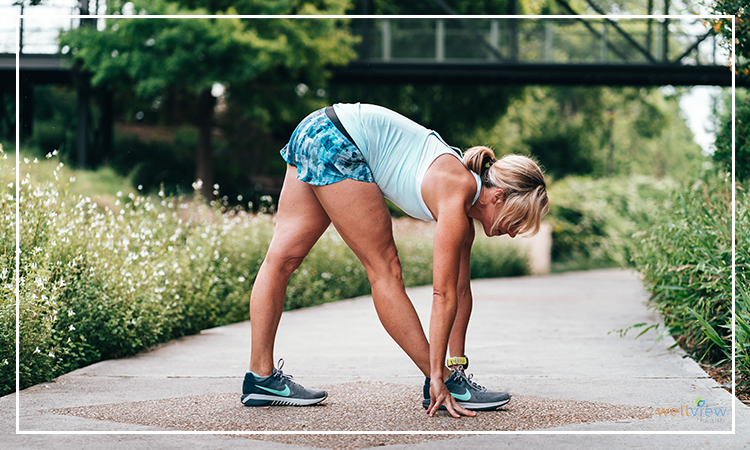
Psoas (so-as) I was saying...
Have you ever felt an annoying pain that comes and goes in the leg, lower back or hip? Have you ever experienced trouble walking or even sleeping at night? Do you feel like your hips are tight and that nothing you do is “comfortable”?You may be dealing with issues involving weak and shortened hip muscles that contribute to such symptoms, aches and pains, more specifically the psoas (pronounced so-as)Your hips connect your upper body with your lower body, making them one of the most critical components of your body’s ability to move. Living within the hips’ bone structure is the psoas muscle which not only plays a vital role in the movement of the body, but is also the only muscle that connects the spine to the lower half. That’s a lot of pressure (pun intended)!When the psoas is functioning optimally it provides support to the low back and abdomen and maintains proper alignment of the pelvis. As a result the organs within the pelvic floor are protected and core strength and mobility is maximized. In order to take advantage of the benefits of having the “perfect” psoas and overcome any related symptoms, follow these quick tips.

Avoid sitting for long periods when possible.Spinal Cord Injury Physical Therapist of Greenville Hospital System, Lindsay Olson shares, “When you sit, your hip extensor muscles lengthen and hip flexor muscles shorten which, after time, causes your hips to develop an anterior tilt. When the psoas is constantly spasmed, other issues can arise, including but not limited to gluteus maximus inhibition, sciatica, and spinal stenosis.”Rest and Recover.The literature supports that during your nightly R.E.M. sleep your body is able to which allows your muscles enough time to recover and heal. Moreover, getting enough sleep can help maintain a healthy metabolism, improve concentration and performance and decrease risk of health related issues like blood sugar stabilization, depression and anxiety, heart problems, hormonal issues and more.Focus on core stabilization training.The deep stabilizing muscles of the lumbar and lower spine can be divided in three regions: pelvic floor, transversus abdominis and multifidus. By focusing on strengthening these muscles by adopting various exercise through all planes of movement you may notice a decrease in damage to the hip joint as well as tightness and pain around the psoas.

Stretch daily.PNF and Dynamic Stretching are among some of the most effective methods presently discovered to effectively target the psoas and hip muscles.Olson says “PNF stretching is when you begin activating a target muscle in order to begin relaxing the muscles around the troubled joint. Dynamic stretching on the other hand is when you activate the muscle around the joint whilst moving it through its fullest range of motion.” For example, Glute squeezes are considered a PNF stretch while a controlled high knee walk or jog would be a Dynamic stretch.Maintain a regular exercise regimen.Just like the right type of stretching can work wonders so can the right type of training! Strength training including movements that require serious muscle activation as well as joint mobility movements can help overcome hip related issues and maintain happy muscles and joints. Due to the demand of sitting and other modern lifestyle issues it is necessary to reprogram the muscles to activate and work more efficiently. Additionally, joint mobility exercises will help the joint to begin to move with more ease. Stay Hydrated.Water aids in the movement of nutrients to the cells of your body and rids of unwanted toxins. Water also attaches as a component of protein and glycogen which in return allows your muscles to move and contract, maintain a healthy electrolyte balance and avoid cramping. Stay tuned for Physical Therapist and Certified Personal Trainer recommended stretches and exercises for your psoas.Click HERE to learn more about the Wellview services available to you. We can’t wait to work with you!
– CASEY EDMONDS, CHC
Health Advisor | Email Casey







